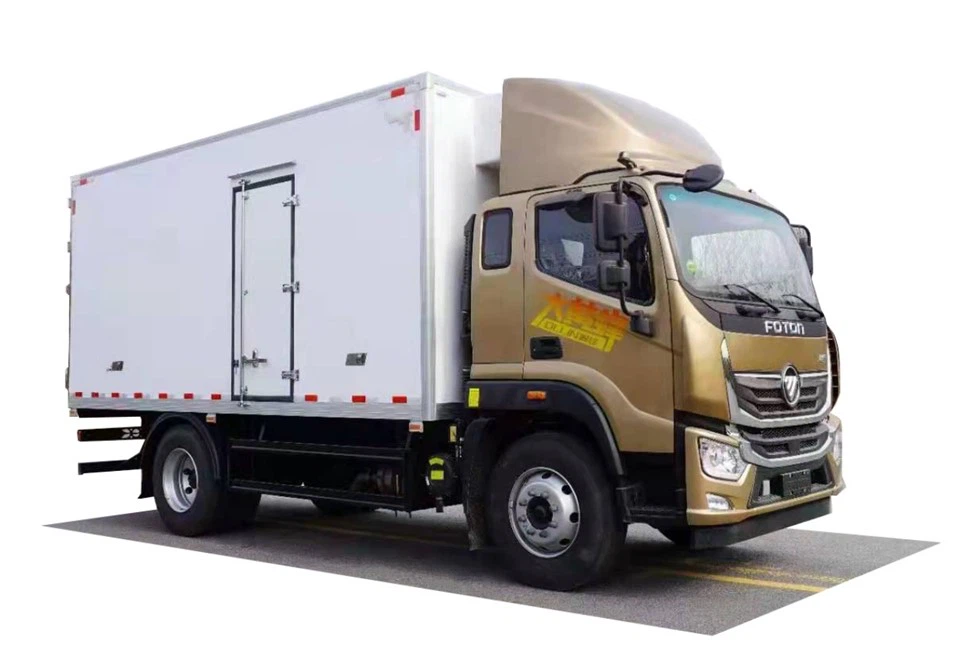Propane Tank Storage Temperature: Essential Guidelines for Safe Use

Introduction
Propane is a popular fuel source used for heating, cooking, and powering various outdoor appliances. However, understanding how to store propane tanks safely, especially in regard to temperature, is crucial for safety and efficiency. This article will provide a comprehensive overview of propane tank storage temperature, including guidelines for safe storage, best practices, and answers to frequently asked questions.
Understanding Propane Tanks
What is a Propane Tank?
A propane tank is a cylindrical container used for the storage of propane gas, which is a byproduct of natural gas processing and petroleum refining. Tanks come in various sizes, including portable 20-pound tanks used for grills and larger tanks employed for home heating.
Types of Propane Tanks
There are two primary types of propane tanks:
- Above-ground tanks: These are large tanks typically used for residential and commercial heating. They require secure placement and appropriate clearance.
- Underground tanks: Installed below the ground, these tanks can be more aesthetically pleasing and reduce space utilization.
Importance of Proper Storage Temperature
Storing propane tanks at the correct temperature is vital for several reasons. Improper temperatures can lead to safety hazards, including the risk of explosions or leaks.
Effects of Temperature on Propane Tanks
Propane expands and contracts with temperature changes. Here’s how temperature affects propane tanks:
- High Temperatures: When the temperature rises, propane expands, increasing the pressure in the tank. If the pressure exceeds the tank’s safety limits, it can lead to leaks or bursts.
- Low Temperatures: Conversely, extremely low temperatures can cause the propane to contract, making it harder for appliances to draw gas effectively.
Recommended Storage Temperature Ranges
Ideal Temperature Range for Storage

The ideal storage temperature for propane tanks is typically between 20°F (-6°C) to 120°F (49°C). Keeping tanks in this range helps maintain pressure stability and ensures safe operation.
Temperature Sensitivity of Propane
Understanding the temperature sensitivity of propane is crucial. A general guideline is:
| Temperature (°F) | Pressure (psi) |
|---|---|
| 20 | 125 |
| 60 | 150 |
| 100 | 200 |
| 120 | 230 |
Best Practices for Storing Propane Tanks
Location Considerations
Choose an appropriate location for storing propane tanks. Here are some best practices:
- Store outside in a well-ventilated area, away from windows, doors, and other sources of ignition.
- Keep the tank elevated off the ground and on a flat surface to avoid punctures.
- Avoid storing propane tanks in basements, attics, or enclosed spaces.
Temperature-Controlled Storage Options
If you live in an area with significant temperature fluctuations, consider investing in temperature-controlled storage options such as:
- Insulated sheds specifically designed for propane storage.
- Heated garages or storage units during colder months to keep propane within an ideal temperature range.
Regular Inspections and Maintenance
Routine inspections of propane tanks can prevent safety hazards. Look for:
- Signs of rust, leaks, or physical damage on the tank.
- Ensure that all valves and connections are secure and functioning correctly.
Dealing with Extreme Temperatures
Safety Tips for Hot Weather
Hot weather could cause the tank pressure to rise. Here’s how to manage it:
- Always keep the tank in a shaded area to minimize temperature increases.
- Don’t leave propane tanks in enclosed vehicles or areas, especially in direct sunlight.
Safety Tips for Cold Weather
During colder months, ensure tanks are stored safely:
- Utilize insulated covers to protect tanks from freezing temperatures.
- Keep tanks closer to the home (at a safe distance) to take advantage of ambient heating.
Legal Regulations and Guidelines

Local Codes and Regulations
Before storing propane tanks, it’s essential to be aware of local codes and regulations, which can vary significantly based on location. Consult local fire codes and gas regulations to ensure compliance.
National Fire Protection Association (NFPA) Guidelines
The NFPA provides standards for safe propane storage. Some essential guidelines from NFPA include:

- Propane tanks must be placed at least 10 feet away from any source of ignition.
- Ensure proper signage indicating the presence of propane.
Practical Examples for Propane Tank Storage
Example 1: Residential Settings
In a residential scenario, a 500-gallon above-ground propane tank should be situated in a shaded area, at least 10 feet from the home. The placement should be compliant with local regulations and monitored for proper temperature conditions.
Example 2: Commercial Use
For a restaurant using multiple 20-pound propane tanks, each tank should be stored in a dedicated, well-ventilated propane cage. Regular checks for leaks and temperature monitoring during summer and winter months are crucial.
FAQ Section
1. What happens if a propane tank gets too hot?
If a propane tank gets too hot, the pressure inside can increase to dangerous levels, potentially causing leaks or even an explosion. It’s vital to store tanks within the ideal temperature range.
2. Can I store propane tanks indoors?
It is not recommended to store propane tanks indoors due to the risk of leaks and the accumulation of gas, which can lead to dangerous situations.
3. How can I tell if my propane tank is too cold?
If you’re having trouble lighting your propane appliances or the tank feels icy to the touch, it may be too cold. Maintaining a proper winter temperature range is crucial for optimal performance.
4. Is it safe to use a propane tank with a dent?
A dent on a propane tank can be a safety hazard. Always inspect for structural integrity, and if there are significant dents, it’s best to consult a professional or replace the tank.
5. How often should I inspect my propane tank?
Regular inspections are recommended at least once a year, or more frequently if the tank is used frequently or stored in harsh weather conditions. This includes checking for rust, leaks, and proper pressure.
6. Where can I find local propane storage regulations?
You can find local propane storage regulations by consulting your local fire department, codes enforcement office, or the National Fire Protection Association (NFPA) resources online.
